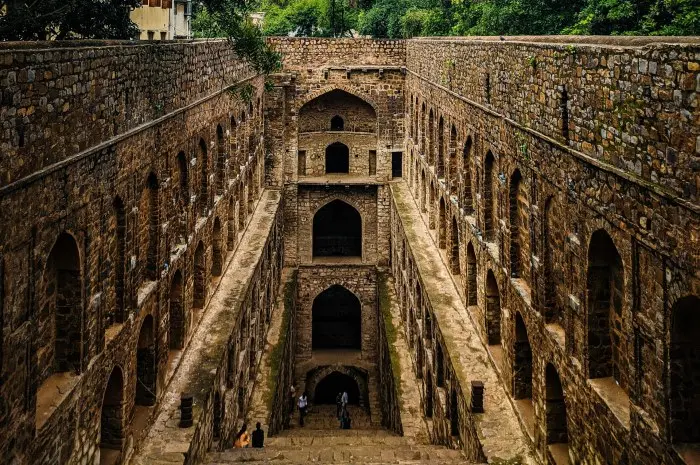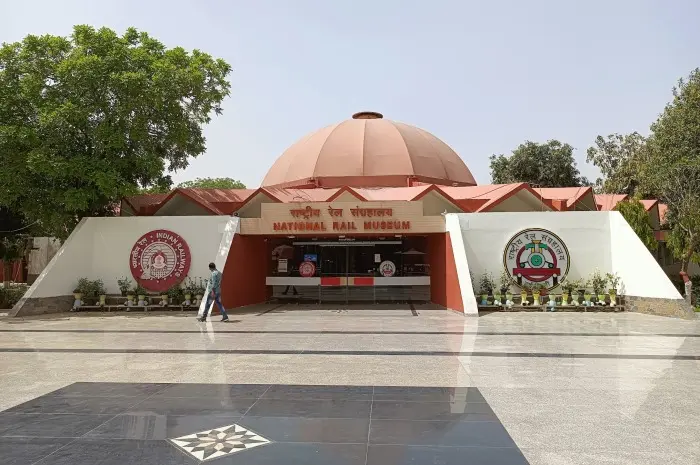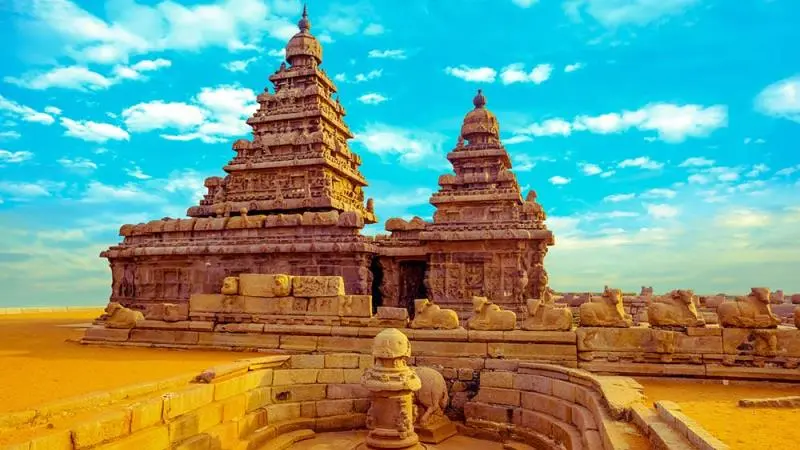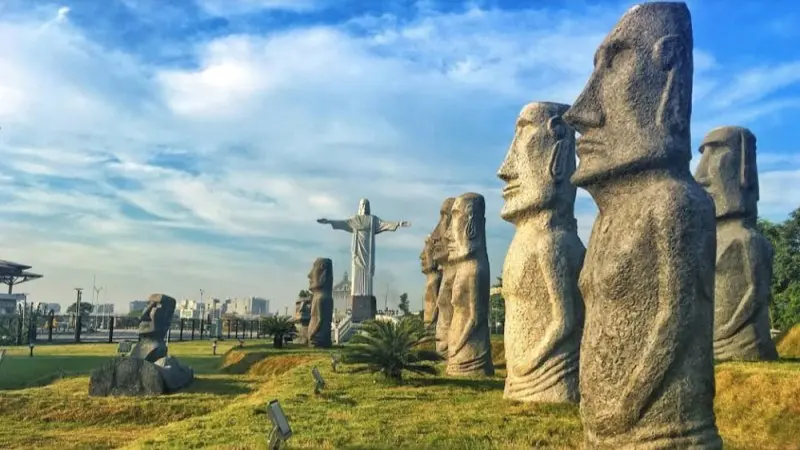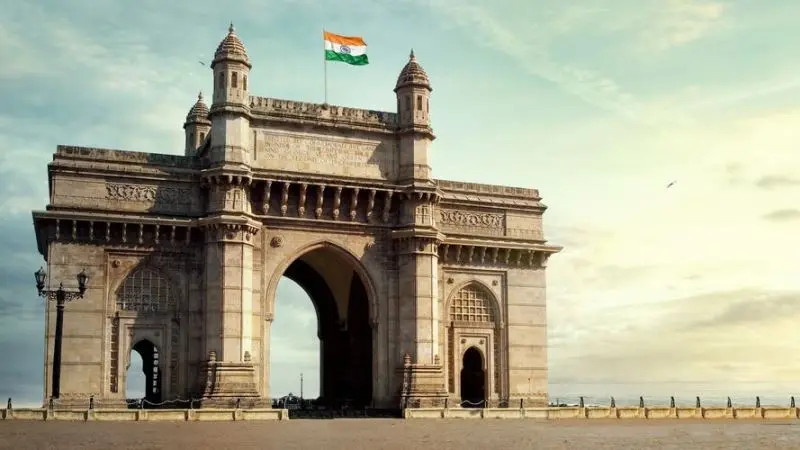Locations: J6GG+C2F, Hailey Road, KG Marg, near Diwanchand Imaging Centre, New Delhi, Delhi 110001, India
Agrasen ki Baoli, located in the bustling center of New Delhi, is a historical stepwell that dates back to the 14th century.
This architectural marvel, also known as Ugrasen ki Baoli, is believed to have been built during the reign of the legendary king Agrasen, although its current structure is attributed to the 14th century during the Tughlaq dynasty.
The baoli, or stepwell, is a captivating blend of history and engineering, offering a glimpse into the ancient methods of water conservation in India.
Nestled amidst the modern urban landscape, Agrasen ki Baoli stands as a testament to Delhi’s rich historical and cultural heritage.
Despite being surrounded by high-rise buildings and bustling streets, Agrasen ki Baoli offers a serene and mystical atmosphere.
The stepwell’s intricate design, with its 108 steps descending into the earth, creates a mesmerizing visual experience.
As you descend the steps, the temperature drops, providing a cool respite from the city’s heat.
Whether you’re a history enthusiast, an architecture aficionado, or simply seeking a unique and tranquil spot in Delhi, Agrasen ki Baoli promises an unforgettable experience.
Historical Significance
Agrasen ki Baoli is one of the few surviving baolis in Delhi, reflecting the ancient practice of constructing stepwells to harvest and store water.
Stepwells were crucial in arid regions of India, serving as both a water source and a communal gathering place.
The baoli is believed to have been originally built by the legendary king Agrasen and later rebuilt during the Tughlaq dynasty.
This historical connection to both myth and medieval history adds to the allure and significance of Agrasen ki Baoli.
The architecture of Agrasen ki Baoli is a fine example of the engineering prowess of ancient India.
The stepwell features a series of meticulously constructed steps leading down to the water reservoir.
The walls of the baoli are adorned with arched niches and alcoves, showcasing the intricate craftsmanship of the period.
The stepwell’s design not only served a practical purpose but also displayed aesthetic beauty, making it a significant monument in Delhi’s architectural landscape.
Architectural Marvel
The architectural design of Agrasen ki Baoli is both functional and visually striking.
The stepwell is 60 meters long and about 15 meters wide, with 108 steps that lead down to the water level.
The three levels of the baoli are adorned with arched niches, providing structural support and adding to the stepwell’s aesthetic appeal.
The symmetry and precision of the construction are a testament to the advanced engineering techniques of the time.
The stone walls of Agrasen ki Baoli, weathered by centuries, exude a sense of timelessness.
The interplay of light and shadow on the steps creates a captivating ambiance, especially during the early morning and late afternoon.
The baoli’s deep, narrow structure and the cool temperature within make it a unique escape from the urban heat, providing a peaceful retreat for visitors.
A Popular Filming Location
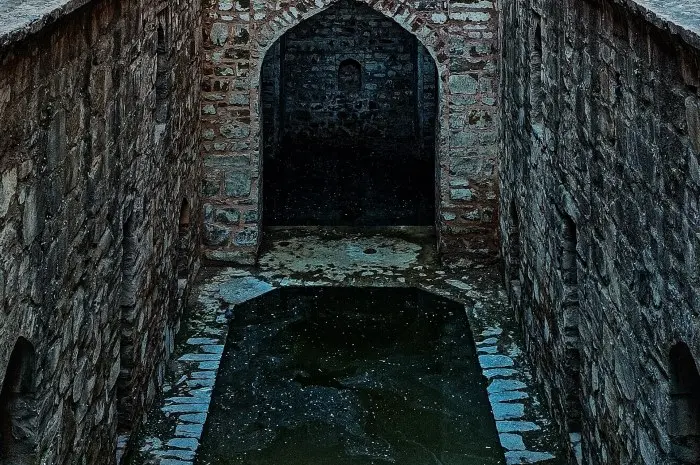
Agrasen ki Baoli has gained popularity as a filming location for Bollywood movies and television series.
Its unique architecture and historical charm make it an ideal backdrop for period films and dramatic scenes.
Movies like “PK” and “Sultan” have featured the baoli, bringing it into the limelight and attracting even more visitors.
The stepwell’s cinematic appeal adds to its allure, drawing film enthusiasts and tourists alike to explore its depths.
Cultural and Social Hub
Throughout history, stepwells like Agrasen ki Baoli served as important social hubs where people gathered for water, socializing, and religious rituals.
While the baoli no longer serves as a primary water source, it continues to be a place where people come together.
Today, it is a popular spot for photography, leisurely strolls, and cultural events.
The tranquil environment and historical significance make it a favorite destination for locals and tourists seeking a moment of calm amidst the city’s chaos.
How to Reach Agrasen ki Baoli
Agrasen ki Baoli is conveniently located near Connaught Place, one of Delhi’s most famous landmarks.
The nearest metro station is Barakhamba Road, which is a short walk from the baoli.
Alternatively, visitors can take a taxi, auto-rickshaw, or bus to reach this historical site.
The central location makes it easily accessible from various parts of the city.
Best Time to Visit
The best time to visit Agrasen ki Baoli is during the cooler months from October to March when the weather is pleasant and conducive to exploring outdoor sites.
Early mornings and late afternoons offer the best lighting for photography and a quieter experience.
The baoli is open to visitors throughout the year, and entry is free, making it a convenient and budget-friendly destination for all.
Agrasen ki Baoli, with its rich history, architectural beauty, and serene ambiance, is a must-visit destination in New Delhi.
Whether you’re delving into its historical roots, marveling at its architectural design, or simply seeking a peaceful escape, the baoli offers a unique and enriching experience.
Make sure to include Agrasen ki Baoli in your Delhi itinerary to explore one of the city’s hidden gems.

